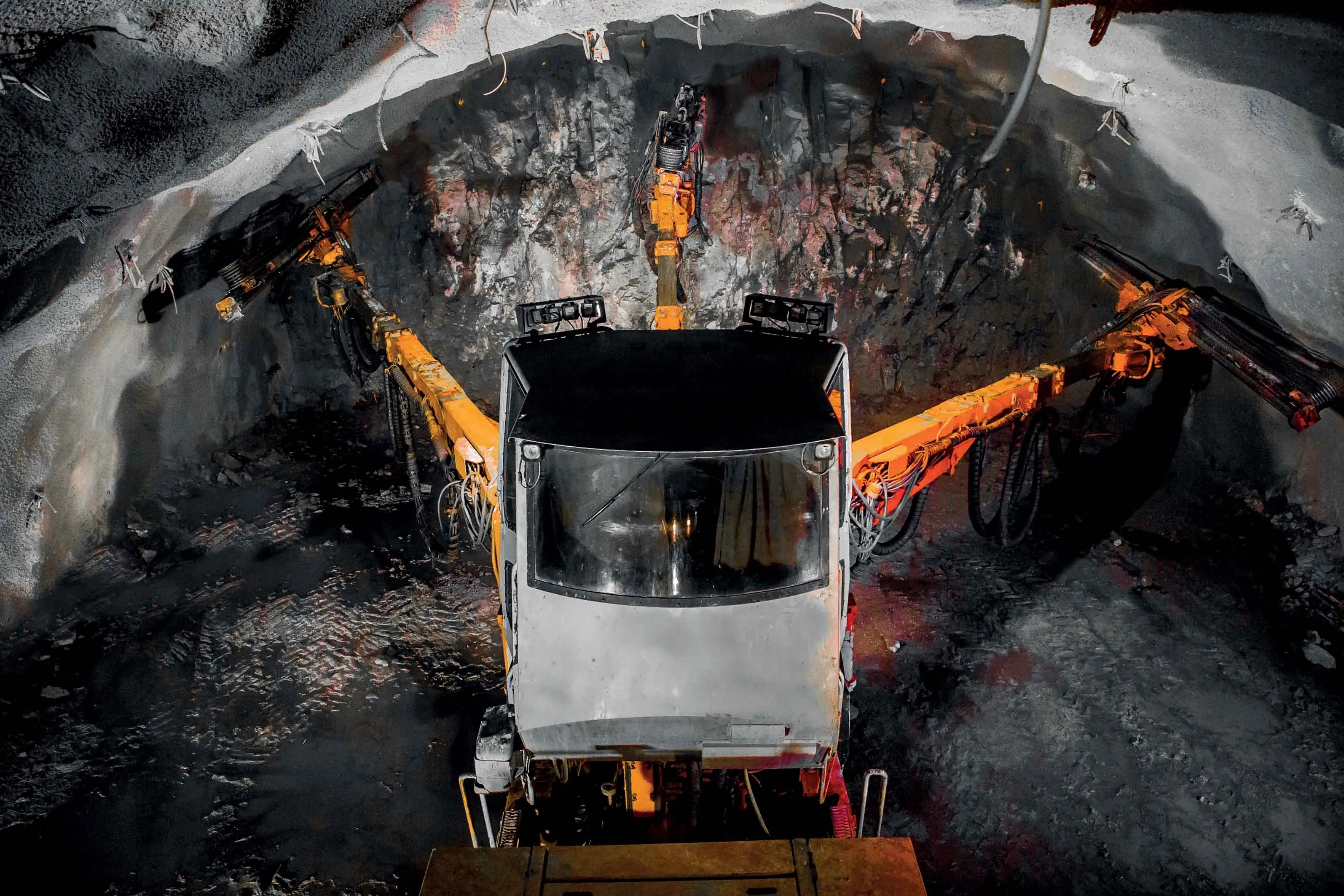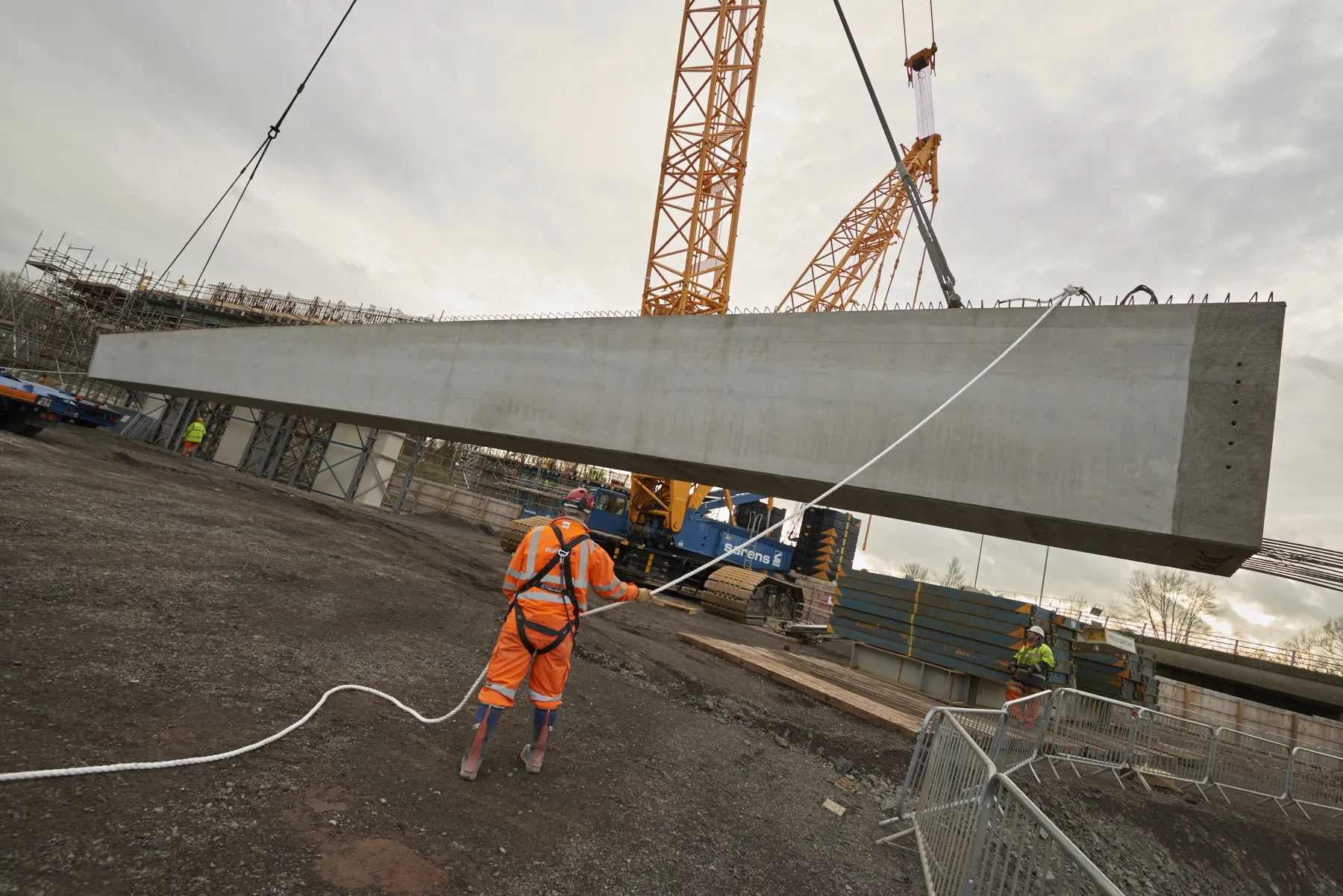Acapulco is to benefit from a new tunnel route to cut congestion. A new road tunnel close to Acapulco Bay will help cut journey times for drivers in this part of Mexico. Both tourists and locals in Acapulco Bay currently experience long journey times at present, with a key problem being congestion on the 12km route from Juan N Alvarez International Airport to the Acapulco Bay beaches. During peak traffic times the journey along the scenic, winding road around the tip of the Cumbres de Llano Largo Mountain t
May 25, 2016
Read time: 4 mins

Acapulco is to benefit from a new tunnel route to cut congestion
A new road tunnel close to Acapulco Bay will help cut journey times for drivers in this part of Mexico. Both tourists and locals in Acapulco Bay currently experience long journey times at present, with a key problem being congestion on the 12km route from Juan N Alvarez International Airport to the Acapulco Bay beaches. During peak traffic times the journey along the scenic, winding road around the tip of the Cumbres de Llano Largo Mountain to Acapulco Bay can take over two hours.
However when the 3.2km tunnel contractor Acatunel completes the work, the congestion problem will be alleviated and the journey times will reduce accordingly. The route of the tunnel runs through the Cumbres de Llano Largo Mountain.
Because delays are frequent, the local authorities became increasingly concerned about the potential loss to the tourist trade, as well as to the extended journey times suffered by local residents. In 2013 the Guerrero State legislators decided to allocate US$213.4 million (3.5 billion pesos) for construction of what will be the longest highway tunnel in Mexico.
The Acapulco tunnel will slash the commute time from the airport to the Acapulco Bay resorts to a few minutes, reduce the crash rate, and help boost economic development around the bay. The infrastructure project also includes new interchanges and flyovers. In all, the new toll road running north from the airport through the tunnel will be 8km long.
A Mexican contractor, Acatunel de CV Consorcio ICA – Carso, won the bidding process to drill the 3.2km tunnel through the Cumbres de Llano Largo Mountain, part of the rugged Sierra Madre del Sur range. The new tunnel will run from Cayaco on the south side of the mountain to Brisamar on the bay side. To undertake this arduous project Acatunel engineers are using325 Sandvik DT820-SC and DT1131-SC tunnelling jumbos, with this portion of the project due for completion by July 2016. Acatunel is part of Ingenieros Civiles Asociados (ICA), an international company founded in Mexico City 68 years ago and the first Mexican company to be listed on the NYSE.
Acatunel teams are drilling through the mountain in two 12-hour shifts/day, with the tunnel advancing about 7.2m/working day. However the geology in the Cumbres de Llano Largo has proven to be challenging. The base of Cumbres de Llano Largo Mountain itself is comprised mostly of granite (made up of quartz, mica and felspar) and basalt. These two abrasive and hard types of rock are tough, both for the drilling teams and their equipment.
One particular problem is that a great deal of water is being encountered, which has to be collected and diverted. The rock features frequent fractures, which lead to collapses and landslides. “What happens is that the ceiling of the tunnel falls in, leaving a hollow upper part over the tunnel,” said Miguel Angel Banuet Rodríguez, the project’s general supervisor. “This hollow space needs to be filled in with shotcrete or hydraulic concrete so as to make it safe. This causes delays.”
In addition to dealing with geological faults, the drilling crews are working on a downward sloping tunnel floor, which worsens the water issues. The stability of the rigs is important due to the sloping conditions and in this regard, the Sandvik units perform well. Though the DT1131-SC for example is 18m long, its SAHR fail-safe disc brakes lock the machine in place while its 44tonne weight helps boost its stability..
Acatunel is using Sandvik T38-Hex35-R32 4.9m rods, T38-T38 couplings and RD525 drifter shanks with 48mm bits, which are said to cope well with the tough rock conditions. Acatunel has also used Sandvik DX680 and DX700 rigs to open the portals, and to provide benching for water drainage within the tunnel.
Ari Laitinen travelled from Finland to Acapulco to provide technical training to Acatunel. And Sandvik has also provided support from closer at hand, from the Mexico Sandvik Construction headquarters in Guadalajara.
There are plans also for a second parallel tunnel should the traffic volumes increase beyond the 13,500/day this first drive has been designed for. Should that get the go-ahead, Acatunel is also likely to carry out the work.
A new road tunnel close to Acapulco Bay will help cut journey times for drivers in this part of Mexico. Both tourists and locals in Acapulco Bay currently experience long journey times at present, with a key problem being congestion on the 12km route from Juan N Alvarez International Airport to the Acapulco Bay beaches. During peak traffic times the journey along the scenic, winding road around the tip of the Cumbres de Llano Largo Mountain to Acapulco Bay can take over two hours.
However when the 3.2km tunnel contractor Acatunel completes the work, the congestion problem will be alleviated and the journey times will reduce accordingly. The route of the tunnel runs through the Cumbres de Llano Largo Mountain.
Because delays are frequent, the local authorities became increasingly concerned about the potential loss to the tourist trade, as well as to the extended journey times suffered by local residents. In 2013 the Guerrero State legislators decided to allocate US$213.4 million (3.5 billion pesos) for construction of what will be the longest highway tunnel in Mexico.
The Acapulco tunnel will slash the commute time from the airport to the Acapulco Bay resorts to a few minutes, reduce the crash rate, and help boost economic development around the bay. The infrastructure project also includes new interchanges and flyovers. In all, the new toll road running north from the airport through the tunnel will be 8km long.
A Mexican contractor, Acatunel de CV Consorcio ICA – Carso, won the bidding process to drill the 3.2km tunnel through the Cumbres de Llano Largo Mountain, part of the rugged Sierra Madre del Sur range. The new tunnel will run from Cayaco on the south side of the mountain to Brisamar on the bay side. To undertake this arduous project Acatunel engineers are using
Acatunel teams are drilling through the mountain in two 12-hour shifts/day, with the tunnel advancing about 7.2m/working day. However the geology in the Cumbres de Llano Largo has proven to be challenging. The base of Cumbres de Llano Largo Mountain itself is comprised mostly of granite (made up of quartz, mica and felspar) and basalt. These two abrasive and hard types of rock are tough, both for the drilling teams and their equipment.
One particular problem is that a great deal of water is being encountered, which has to be collected and diverted. The rock features frequent fractures, which lead to collapses and landslides. “What happens is that the ceiling of the tunnel falls in, leaving a hollow upper part over the tunnel,” said Miguel Angel Banuet Rodríguez, the project’s general supervisor. “This hollow space needs to be filled in with shotcrete or hydraulic concrete so as to make it safe. This causes delays.”
In addition to dealing with geological faults, the drilling crews are working on a downward sloping tunnel floor, which worsens the water issues. The stability of the rigs is important due to the sloping conditions and in this regard, the Sandvik units perform well. Though the DT1131-SC for example is 18m long, its SAHR fail-safe disc brakes lock the machine in place while its 44tonne weight helps boost its stability..
Acatunel is using Sandvik T38-Hex35-R32 4.9m rods, T38-T38 couplings and RD525 drifter shanks with 48mm bits, which are said to cope well with the tough rock conditions. Acatunel has also used Sandvik DX680 and DX700 rigs to open the portals, and to provide benching for water drainage within the tunnel.
Ari Laitinen travelled from Finland to Acapulco to provide technical training to Acatunel. And Sandvik has also provided support from closer at hand, from the Mexico Sandvik Construction headquarters in Guadalajara.
There are plans also for a second parallel tunnel should the traffic volumes increase beyond the 13,500/day this first drive has been designed for. Should that get the go-ahead, Acatunel is also likely to carry out the work.






